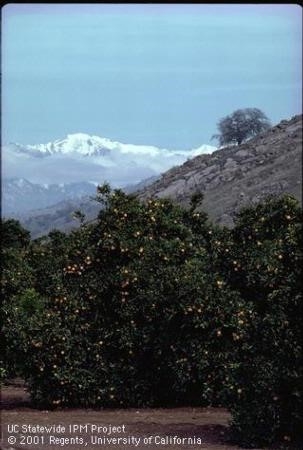Mar 14, 2022
Translating the science of managing HLB
Your resource for learning about existing and new tools being developed by researchers to protect and manage citrus from the causative agent of huanglongbing (HLB).
Research Snapshots
|
See how scientists are working to control HLB by reading short snapshots about their research. Topics include:
|
Click on the links below to explore the snapshots!
Questions?
We have the answers!
Growers and end-user audiences can use this PowerPoint presentation which has been tailored for their use. It provides general background on the genetics that are used to modify crops and information on state and national regulatory approaches and consumer attitudes.
Examples of the questions that are addressed:
- What are the general processes of genetically modifying plants and insects?
- When and where did huanglongbing (HLB) come from?
- What are some genetic approaches to controlling HLB?
- What is consumer response to engineered crops and foods?

